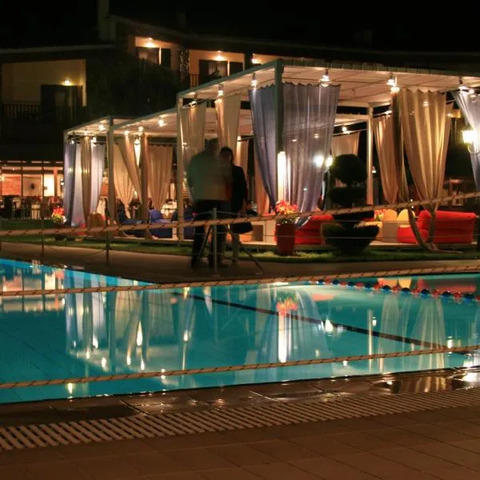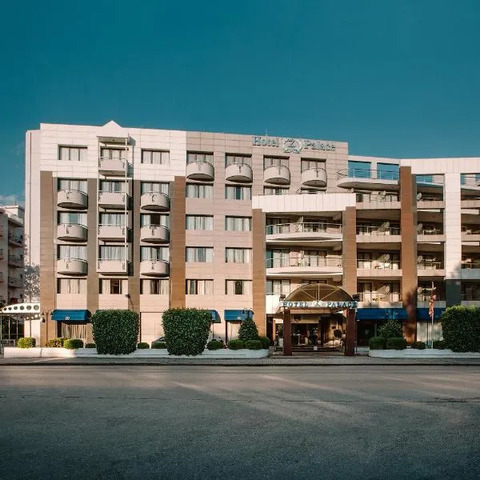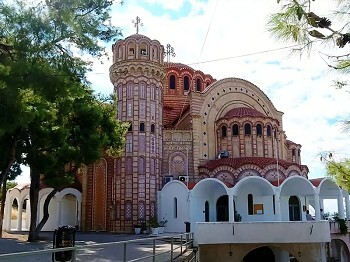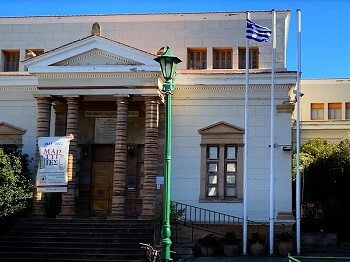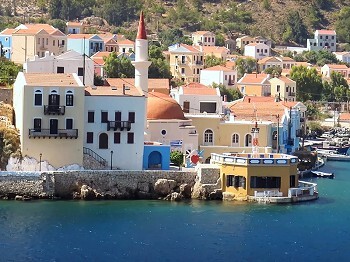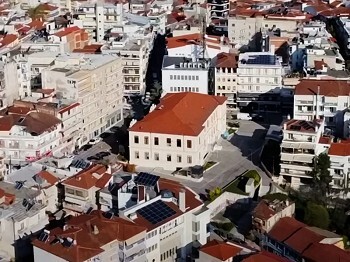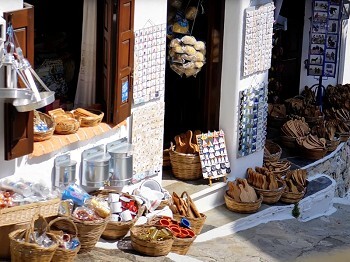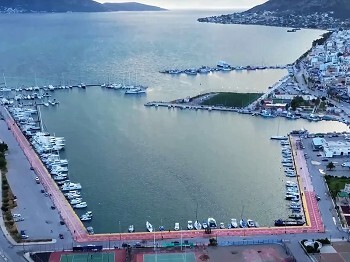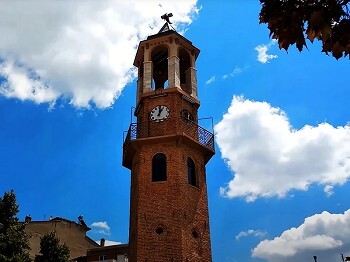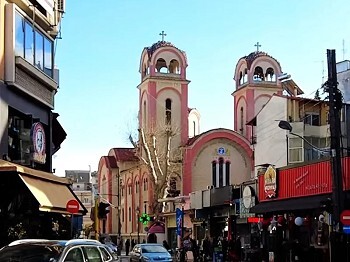
Xanthi Prefecture, nestled in the northeastern corner of Greece, is a region brimming with history and cultural Heritage. From ancient Ruins to Ottoman-era Architecture, this area offers a diverse array of historical sites that transport visitors back in time. In this article, we'll explore some of the most fascinating historical Landmarks in Xanthi Prefecture, each offering a unique glimpse into the past.
We suggest for your stay:
Still Looking for the Perfect Stay?
1. The Ancient City of Abdera: Echoes of the Past
The ancient city of Abdera, located near the modern town of the same name, is a must-visit for history enthusiasts. Founded in the 7th century BC, Abdera was once a thriving city-state and a significant cultural and intellectual center in ancient Greece. Today, visitors can explore the Ruins of its ancient Theater, the Remains of public baths, and remnants of its once-grand city walls. The site offers a fascinating glimpse into the daily life and architectural prowess of its ancient inhabitants.
2. The Byzantine Fortress of Xanthi: A Testament to Medieval Fortifications
Overlooking the modern town of Xanthi, The Byzantine Fortress is a striking example of medieval military Architecture. Built in the 10th century, this fortress played a crucial role in the region's defense during various historical periods. As you walk through its ancient walls and towers, you'll gain insight into the strategic importance of Xanthi and the defensive techniques used during the Byzantine era. The panoramic Views from the fortress also provide a stunning backdrop for photographs.
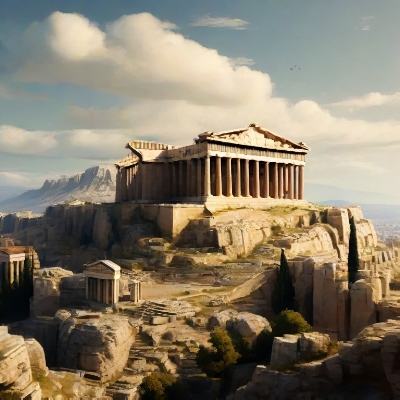
3. The Ottoman Mosque of Xanthi: A Symbol of Cultural Diversity
The Ottoman Mosque in Xanthi is a remarkable example of the region's diverse cultural Heritage. Constructed in the 19th century, this mosque features intricate architectural details and serves as a reminder of the Ottoman influence in the area. Visitors can admire its elegant minarets, ornate interior, and the peaceful Ambiance that reflects the mosque's Historical significance. It also stands as a symbol of the coexistence of different cultures throughout the region's history.
4. The Old Town of Xanthi: A Journey Through Time
Strolling through The Old Town of Xanthi is like stepping back in time. This charming district is characterized by its well-preserved Ottoman and traditional Macedonian Architecture. The narrow, cobblestone streets are lined with historic houses, many of which have been converted into quaint shops, cafes, and museums. Key Landmarks include the Tsalapatas Mansion, an example of 19th-century Architecture, and the vibrant local Market that has been a centerpiece of the town for centuries.

5. The Monastery of Panagia Kosmosoteira: Spiritual and Architectural Splendor
Situated near the village of Kato Karpasia, the Monastery of Panagia Kosmosoteira is an important religious site with a rich history. Founded in the 11th century, this Monastery is renowned for its impressive Byzantine Architecture and beautiful Frescoes. The monastery's tranquil Setting and Historical significance make it a serene place for reflection and a fascinating stop for those interested in religious history and art.
6. The Archaeological Museum of Xanthi: Preserving the Past
The Archaeological Museum of Xanthi offers a comprehensive overview of the region's history through its Extensive collection of Artifacts. The museum's Exhibits include ancient Pottery, Sculptures, and coins from various periods of Xanthi's past. Highlights include Artifacts from the ancient city of Abdera and the Byzantine era. A visit to this museum provides valuable context and depth to the historical sites in the area.

7. The Ruins of the Ancient City of Maronia: A Glimpse into Antiquity
The ancient city of Maronia, located near the village of the same name, is another significant historical site in Xanthi Prefecture. Maronia was an important center in ancient Thrace and is known for its well-preserved Ruins, including a Theater, a sanctuary, and several residential buildings. Exploring these Ruins offers a fascinating look at the city's layout and the architectural styles of its time.
8. The Village of Kimmeria: A Blend of History and Tradition
The village of Kimmeria is a delightful place to Experience the traditional lifestyle and Architecture of the region. With its historical buildings, traditional houses, and local crafts, Kimmeria provides a unique opportunity to see how historical influences have shaped contemporary village life. The village's proximity to ancient sites also makes it an excellent base for exploring the surrounding historical Landmarks.

9. The Tower of Komninos: A Medieval Marvel
The Tower of Komninos, located in the village of Komnina, is a well-preserved example of medieval fortifications. Built in the 14th century, this tower was part of a larger defensive system designed to protect the region from invasions. The tower's robust construction and Historical significance make it an interesting site to visit, offering insights into the medieval period and the challenges faced by its inhabitants.
10. The Bridge of Xanthi: An Engineering Feat of the Ottoman Era
The Bridge of Xanthi, also known as the Koutouki Bridge, is a remarkable piece of Ottoman engineering. Constructed in the 19th century, this stone bridge spans The Nestos River and is a testament to the engineering skills of its time. Its sturdy arches and elegant design make it a picturesque spot for visitors. The bridge not only serves as a functional piece of infrastructure but also as a historical landmark reflecting the region's Ottoman past.
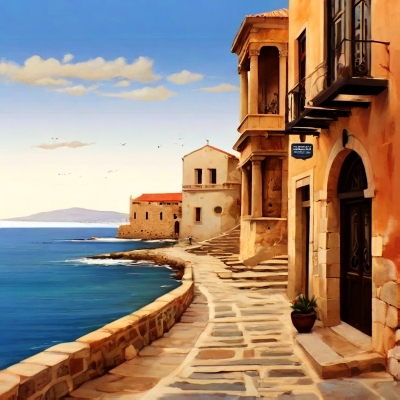
Conclusion
Xanthi Prefecture is a treasure trove of historical sites, each telling its own story and contributing to the region's rich cultural tapestry. Whether you're exploring ancient Ruins, admiring medieval fortifications, or experiencing traditional village life, Xanthi offers a wealth of experiences for history enthusiasts. Plan your visit to these remarkable sites and immerse yourself in the fascinating history of this unique corner of Greece.
For more travel tips and Historical insights, stay tuned to our blog and discover the hidden wonders of Greece!

